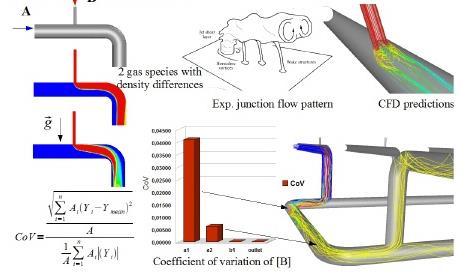KernOily
Petroleum
- Jan 29, 2002
- 711
Hi guys. Hope you are all well in this new year. Question. Client wants to blend three gas streams for use as fuel in a steam generator. The streams are: 1000 Btu/scf pipeline utility gas, 600 Btu/scf casing gas, and 1300 Btu/scf raw gas from a well. I maintain that I can insert all three of these streams into a pipe and as long as I provide sufficient turbulence, I will obtain complete mixing of these gases in a few diameters, due to turbulence and Brownian motion. I might throw in a static mixer for fun. Client says no, you need a big vessel to do the blending.
Have you guys ever seen a correlation or rule of thumb for blending gases to achieve complete mixing in X pipe diameters downstream of the blend point?
Thanks guys! Pete
Have you guys ever seen a correlation or rule of thumb for blending gases to achieve complete mixing in X pipe diameters downstream of the blend point?
Thanks guys! Pete

